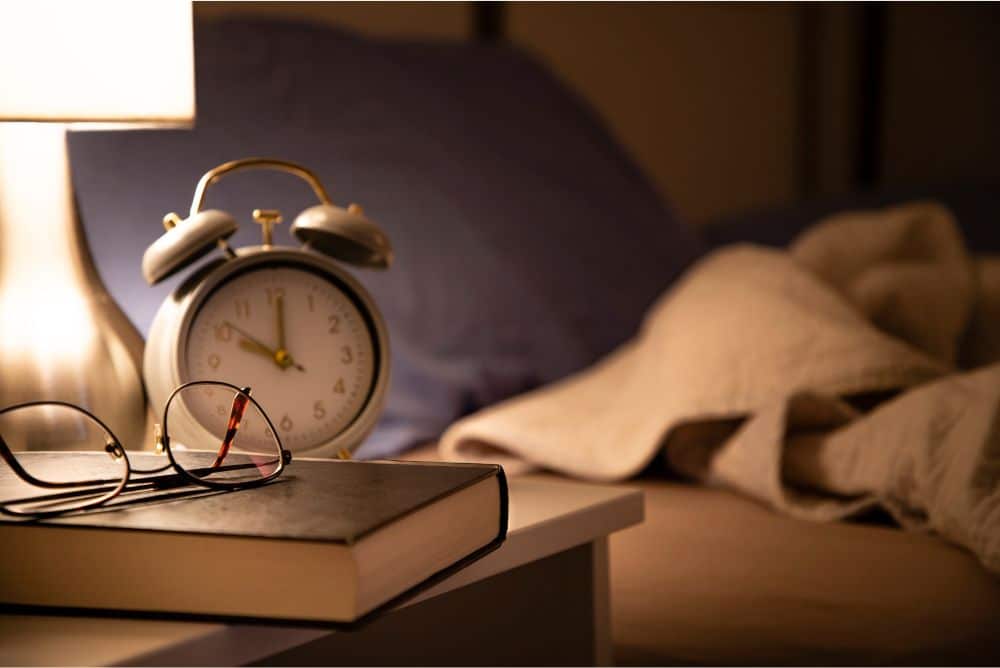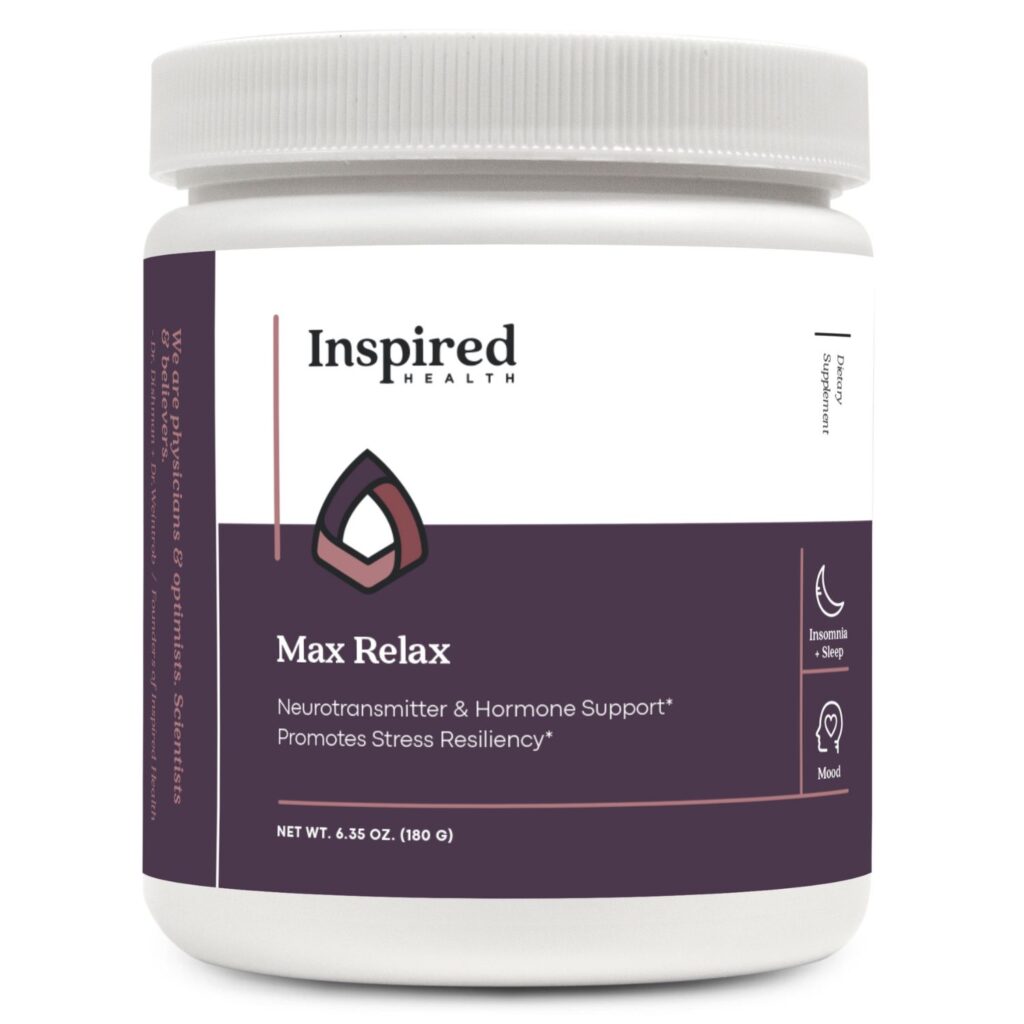Since my journey with perimenopause began, I have experienced issues with insomnia. As a Functional Medicine provider, I know sleep issues can be multifactorial. I addressed adrenal health, hormone support, stress management, and daily self-care habits. Still, sleep was a struggle. It is important to understand perimenopause is not a linear experience so there are some things my body is working through and yours may be too!
The Mayo Clinic defines insomnia as “a common sleep disorder that can make it hard to fall asleep, hard to stay asleep, or cause you to wake up too early and not be able to get back to sleep.”
I discovered sleep restriction therapy – which didn’t sound enticing at the time, but I decided to give it a try. Bear in mind, this technique of restoring sleep is best for those who find themselves waking throughout out the night multiple times or staying awake for prolonged periods of time in the middle of the night.
How Sleep Restriction Therapy Works:
Sleep restriction therapy is a behavioral technique that aims to restore your body’s natural sleep-wake cycle. To begin sleep restriction therapy, you’ll need to establish a consistent sleep schedule. Start by determining the average number of hours you sleep each night, including any awakenings. This calculation will help determine your initial sleep window.
Initially, you’ll restrict the amount of time spent in bed. This means reducing your time in bed to only the number of hours you are actually asleep. While it may seem counterintuitive to limit your sleep time, this restriction is crucial.
So if you normally go to bed at 9:30pm and get out of bed at 6:30am, consider pushing your bedtime back to 10:30. Try that for 3-7 nights and if you’re still having trouble sleeping, push the bedtime back another 30-60 minutes. Continue this pattern until you are no longer having nighttime wakings. Important note: Do not restrict your actual time in bed to less than 5.5hrs!
Once you are sleeping through at least 85% of the time you are in bed (yes this is possible!) gradually expand your time in bed by 15-30 minutes each week. By adding small increments of time to your sleep window, you’ll allow your body to adapt and establish a healthier sleep pattern. If you start waking up more again, pause and go back the number of steps needed to get back to that 85% or more time asleep.
Throughout the process, it is crucial to monitor your progress diligently. Keep a sleep diary to track your sleep patterns, improvements, and setbacks. Regularly reassess your sleep schedule and make adjustments based on your progress. Remember, sleep restriction therapy is a personalized approach, so adapt it to your individual needs.

Tips:
- As you start with less time in bed, it is normal to feel MORE tired. I definitely experienced this – but this is a good sign it is working! This is known as “sleep pressure”: a biological response that pushes us to want to sleep.
- Establish a consistent sleep schedule and try not to deviate at all if possible. This is crucial to the process of restoring a good pattern.
- It is helpful to take supplements that enhance relaxation and sleep. I personally found our Max Relax and Seriphos supplements to be the most supportive.


- I also wore blue light blocking glasses starting around 8 pm, turned off all lights one hour before bed, and meditated or listened to a calming podcast or book on tape. This really helped with my wind down process.
- Prep yourself to get straight into bed without having any tasks to do beforehand. Get your water ready, PJ’s on, etc.
- While sleep restriction therapy can be implemented independently, it’s always advisable to consult a healthcare professional, such as your Inspired Health provider, a sleep specialist, or therapist prior to starting this therapy.
Sleep restriction therapy has helped me achieve a more restful sleep and it is now in my personal arsenal against perimenopausal insomnia! By understanding the principles, establishing a consistent sleep schedule, and gradually expanding your sleep window, you’ll be well on your way to achieving restful nights and rejuvenated days. Remember, be patient with yourself!
Here’s to a future filled with deep, restorative sleep!

Want more Inspired tips?
Be sure to follow us on Instagram, Facebook, and Pinterest.
Also, sign up for our newsletter!
Visit us in-person at Inspired Health, or schedule a TeleHealth appointment!
References
[1] “Insomnia.” 2023.
[2] “Cognitive behavioral therapy for insomnia.” 2023
[3] “Sleep pressure: homeostatic sleep drive.” 2020.






